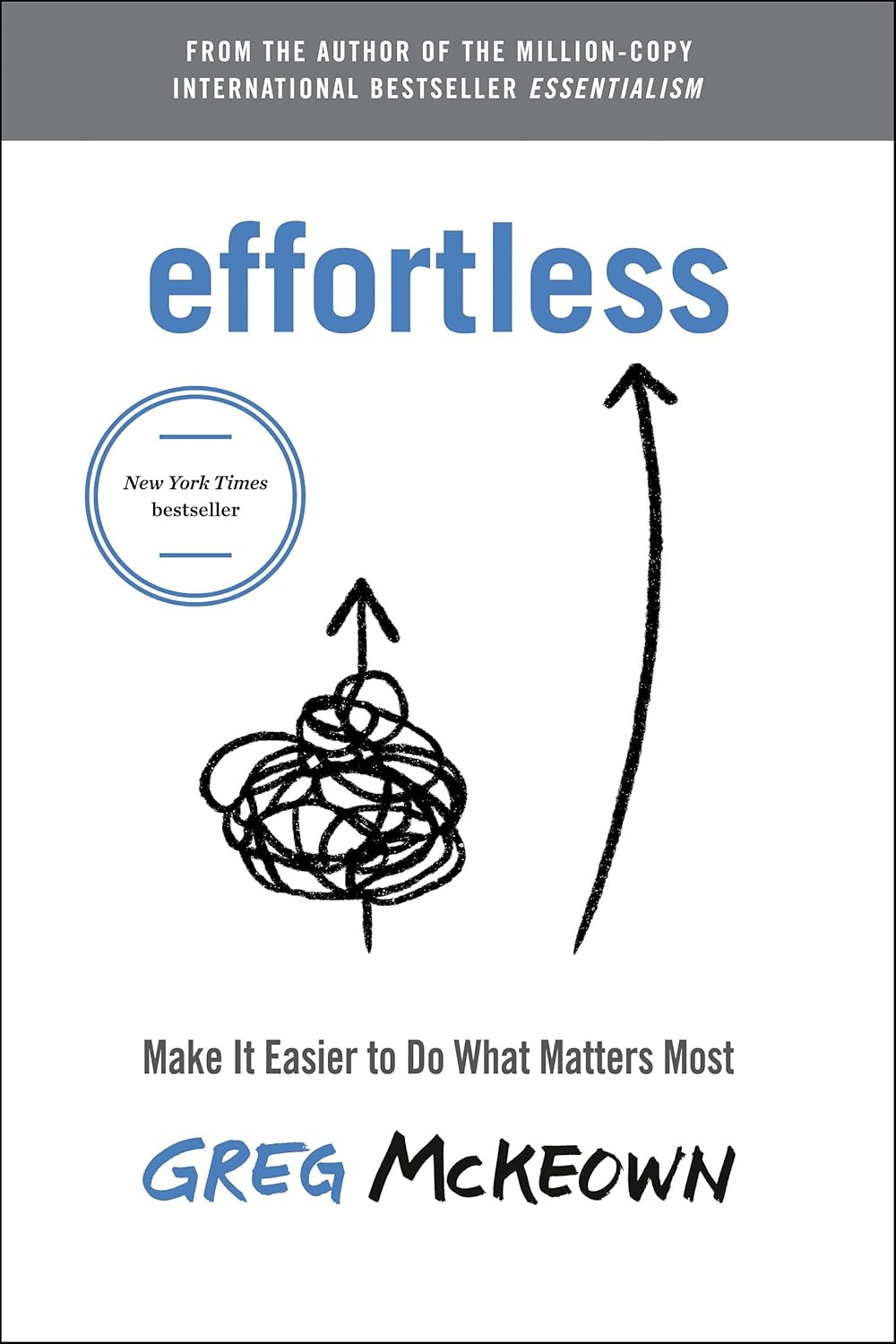Every relationship attempts through big overtures and imperceptible hints to obtain what the Gottmans classify as “affection, affirmation, and attention.” These “bids for connection” typically fall into one of three categories:
First, there is “turning toward,” where the other person in the relationship responds in kind to the bid. The Gottmans use the illustration of tennis where the bid sends the ball over the net, and the response nicely returns the ball where you are standing.

Second, is “turning against,” where the other person in the relationship responds in contradiction to the bid. The bid for connection, or the serve, went to the other person, and the other person returned the ball, but to the opposite side of the court, creating some strain in the connection.
Third, is “turning away,” where the other person in the relationship doesn’t respond to the bid at all, but slams the ball into the net by changing the subject entirely. This brings stress to the relationship because you have to use more energy to re-engage the bids for connection in the relationship.
The first category exemplifies being fully present with people. “When we’re fully present with people, it has an impact. Not just in that moment either. The experience of feeling like the most important person in the world even for the briefest of moments can stay with us for a disproportionate time after the moment has passed. There is a curiously magical power of presence.”
Source: Effortless by Greg McKeown
I aspire to post one note from my “slip-box” every weekday. If you want to learn more about how to work with knowledge, click this link: What is knowledge management?
